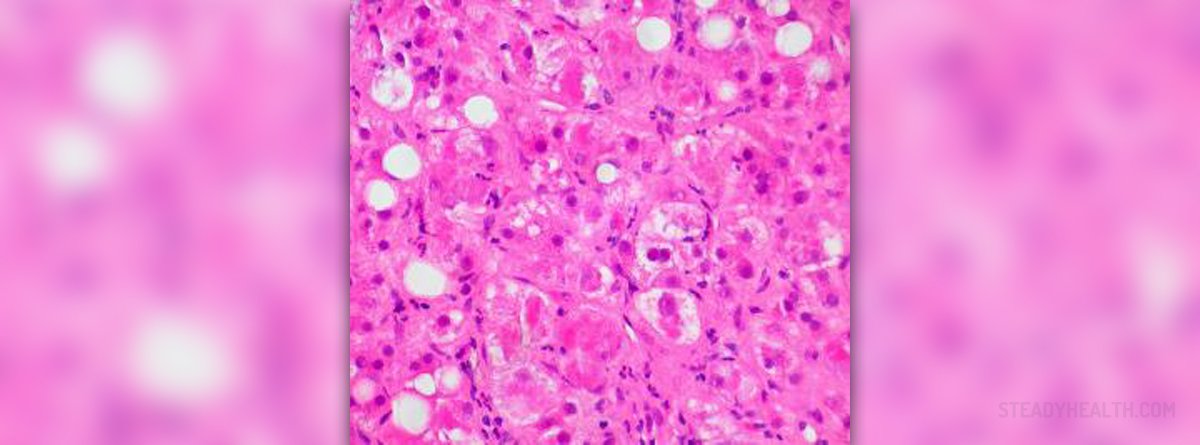
Liver cirrhosis is a serous medical condition which leads to damage of the liver function. The liver is a vital organ and it is in charge with numerous functions. It produces bile which is essential for digestion of fats. It also neutralizes a variety of toxins and helps in their elimination. The liver also converts excess of glucose to glycogen and acts as its depot. Additionally, the liver synthesizes certain proteins.
In cirrhosis normal liver tissue is replaced with fibrous tissue. In the beginning the liver can function to certain extent. However, in advanced and especially in terminal stage of liver cirrhosis the damage is so huge that it can lead to lethal outcome. The only cure for the terminal stage of liver cirrhosis is transplantation of this precious organ.
Stages of Liver Cirrhosis
In initial stage of the disease, the damage is minor and patients may be either asymptomatic or complain about mild symptoms. These symptoms most commonly include dry mouth, tiredness and in some cases jaundice. The liver is enlarged and the doctor can palpate it under the right half of the rib cage. Initial stage may also feature with accumulation of bilirubin in the skin which consequently results in itchiness. The only conformation of liver cirrhosis in the first stage of the disease can be obtained by the biopsy of the liver.
The condition tends to progress and in the second stage more and more healthy tissue is replaced with fibrous tissue. The process of fibrosis leads to additional inflammation.
In the third stage of the disease reactive nodules and isolates fibrous bands merge together. This is a serious and advanced stage of the disease usually followed by improper digestion of fats and inadequate absorption of fat-soluble vitamins. The damage in the third stage leads to drastic symptoms and signs of the disease.
And finally, the fourth stage is actually the terminal stage of liver cirrhosis. The entire body is affected by improper functioning of the liver and the patient is most commonly hospitalized waiting for suitable donor for transplantation.
Treatment for Liver Cirrhosis
The goal of the treatment in first two stages of the disease is reduction in destruction and deceleration of the fibrosis. In advanced stages of the disease patients require special dietary regimes, continuous administration of specific medications and occasional surgical interventions. In decompensated liver disease patients require hospitalization and special care.
The progression of the disease can be partially obtained by liver cirrhosis diet and restrain from alcohol consumption.



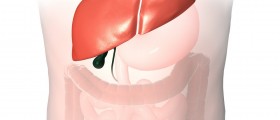
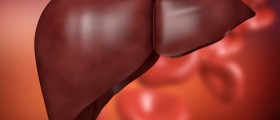









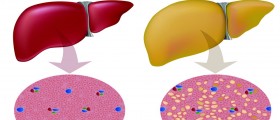
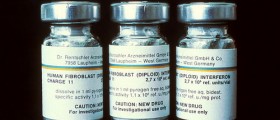

Your thoughts on this
Loading...